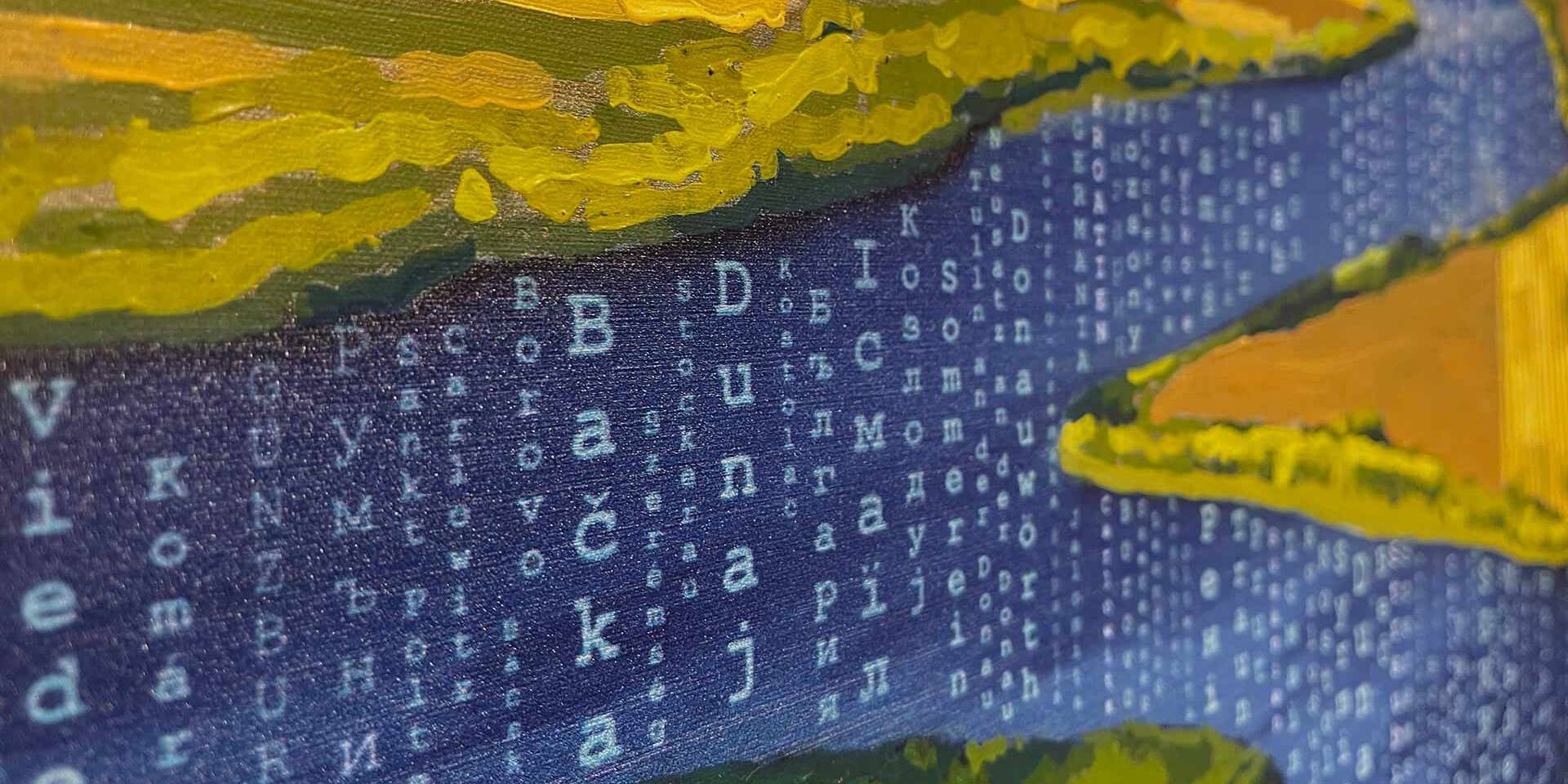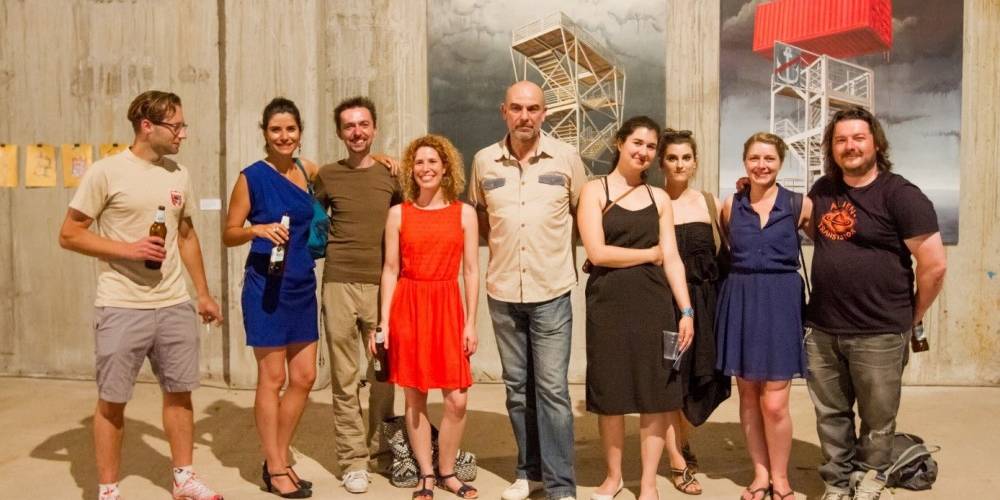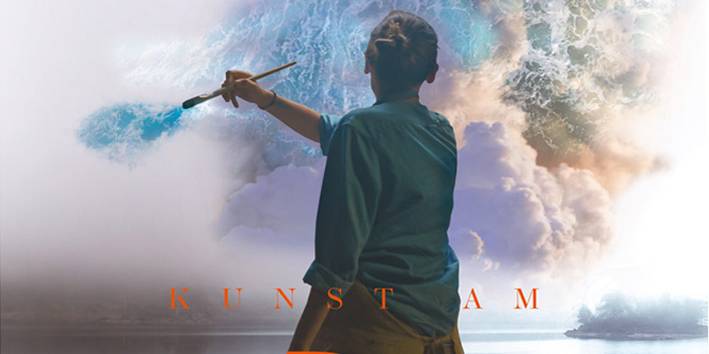Man. River.
Painting of the Danube countries
Touring exhibition 2011 - 2014
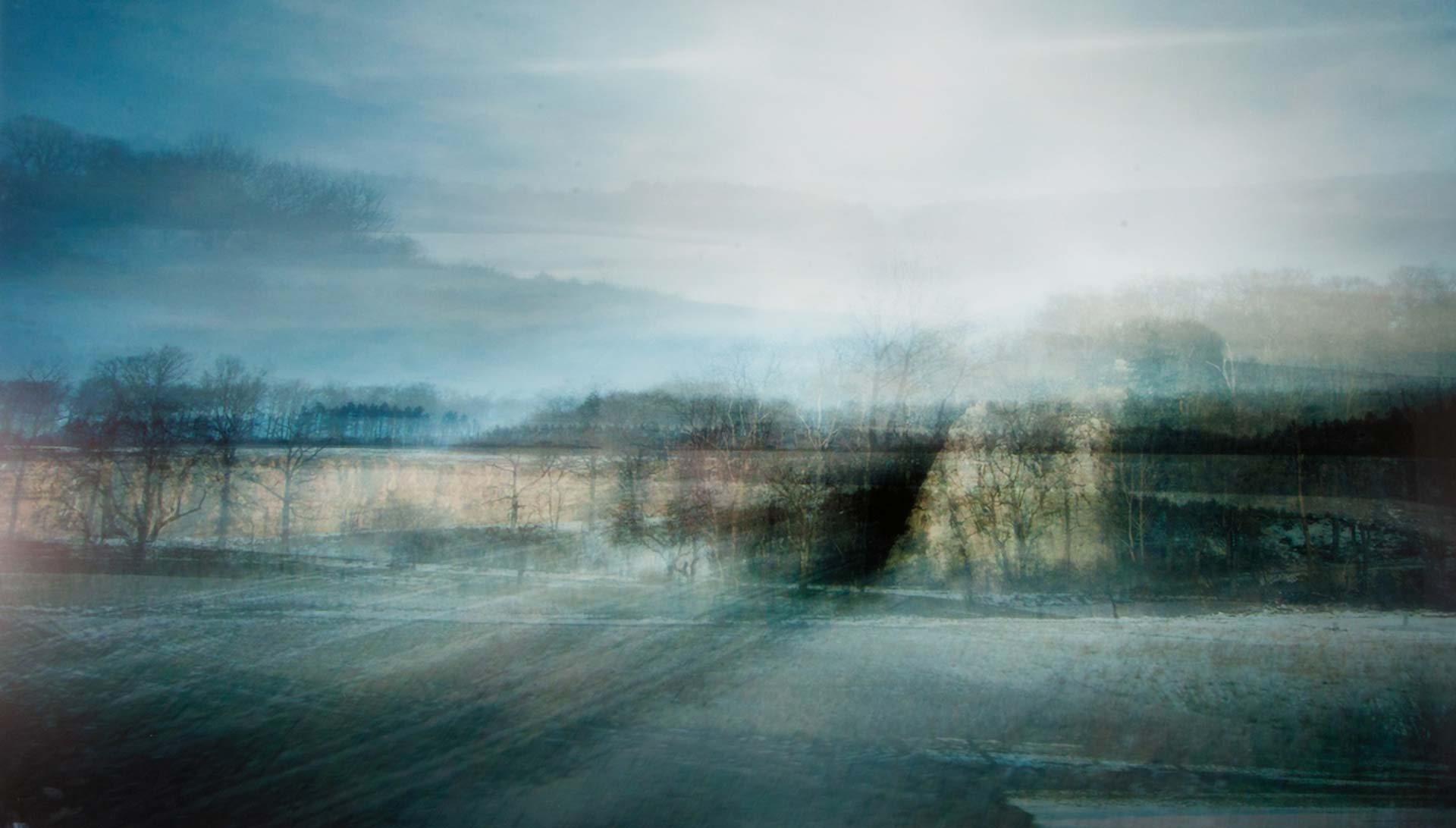
The idea
The concept of the project “Man. The River.” dares a unique symbiosis of visual arts with the history and myths of the Danube River. The art project aims to overcome real and ideological distances and connect distant countries and different cultures. Artists from the countries from the source to the mouth were invited to immortalize their view of the royal river on panel paintings.
The exhibition initiators trust in the aesthetic and cognitive stability of the panel painting: painting is a form of expression and pictures are “signs of life”. The image of man, the human condition, are the central subject of the exhibition series. The result was a unique view of the river and its people by young artists. This view is always quite individual, committed to the world of experience of the respective painter and at the same time always a special view of the represented country. Art thus becomes a “catalyst for social exchange and good neighborly cooperation.”
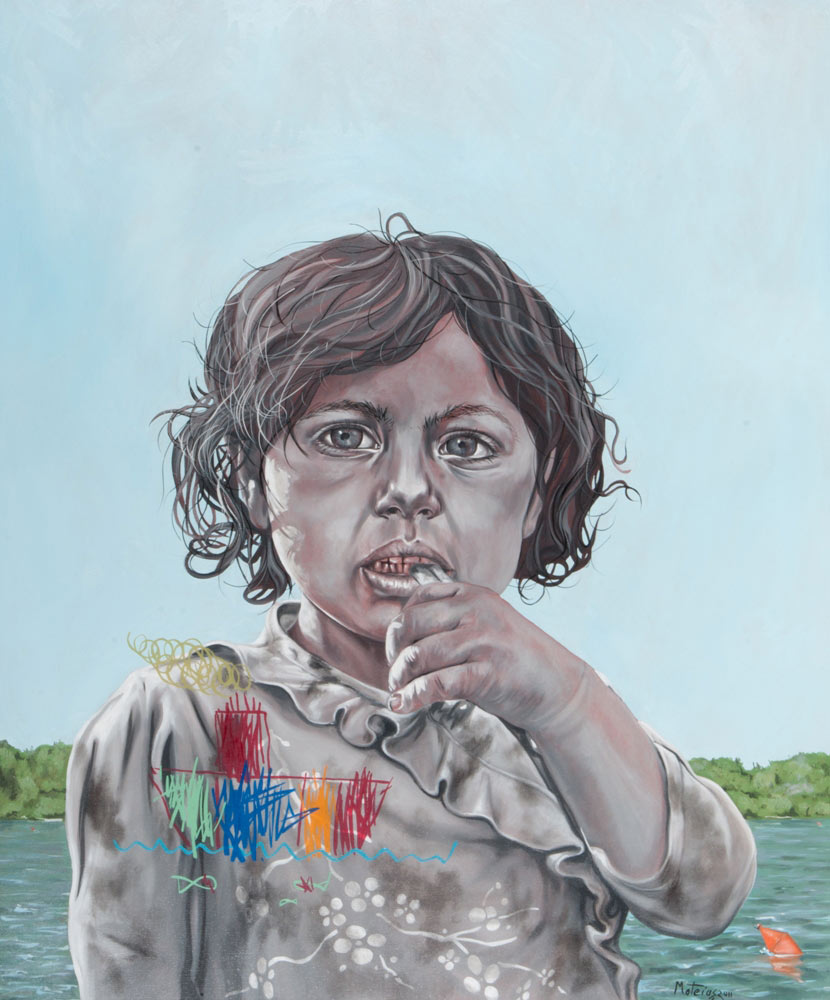
Curators, artists and works
The exhibition is aimed at young visual artists from the Danube countries, who are given a new forum with the project to present their works internationally and to enter into creative interaction. The selection of artists was made by art historians or artists themselves from the Danube countries. They each nominated two creatives from their country who represent the work of the generation of today’s 30/40-year-olds in a high-quality manner and who have linked their work to the theme of the exhibition “Man. The River.” and who can and want to connect their work with the theme of the exhibition. “Man. River.” are addressed directly, but also in a figurative sense. The Danube itself, and with it the power and poetry of nature, are the content of the paintings by Pavol Stručka and Jozef Srna from Slovakia and Daniel Sigloch from Germany.
All three painters concentrate on the pure landscape, showing it deserted and free of evidence of cultural intervention. The artists thus detach their Danube depictions from any direct temporal reference and convey moods with great painterly delicacy. The South German Daniel Sigloch localizes his landscape in the title Landschaft um Obermarchtal, that is, to Baden-Württemberg. However, this is by no means a lifelike image. The artist works with photography, which for a long time stood for unconditional objectivity. Sigloch, however, develops his representation on the computer, creating an essence of the place, as it were, from hundreds of superimposed shots.
In accordance with the exhibition theme, the depiction of man, especially of man on the river or in connection with water as a primordial element, forms the second large motif circle. Silke Mathé from Germany, Bogdan Mateiaş and Cosmin Paulescu from Romania and Maja Vukoje from Austria start from a realistic depiction, whose message can be deepened by alienation. Nilbar Güres from Austria, Bodo Rott from Germany and Jelena Trajković from Serbia, on the other hand, use the human figure in an emblematic function, as it were. The inner imagination shapes the work of every artist. Reality and fantasy, however, can merge beyond that to form new images of their own. Often, materials that are unusual for painting enhance its charisma.
In the surreal works of Franziska Degendorfer from Germany, Ferenc Gnándt from Hungary and Biljana Stamenić from Serbia, these are found elements. The painted compositions by Zita Bajor from Hungary and Delia Chausheva from Bulgaria are highly abstract. Finally, Zoran Pavelić and Ana Petrović start from conceptual approaches. Both Croats reflect in their works the situation as artists and the world of the art business.
As diverse as the origins and personal imprint of the eighteen artists are, so is their manner of expression. The painting of the Danube countries shows in the selection of this exhibition, a wide range of content and technical possibilities. In the process, the underlying theme expands into multiple facets. The artists of this generation deal with the political and personal situation of man, with community, neighborhood, migration as well as with the timeless sublimity of nature, with river and water as a primordial element – the young creatives develop associative fantastic ideas, myths and much more.
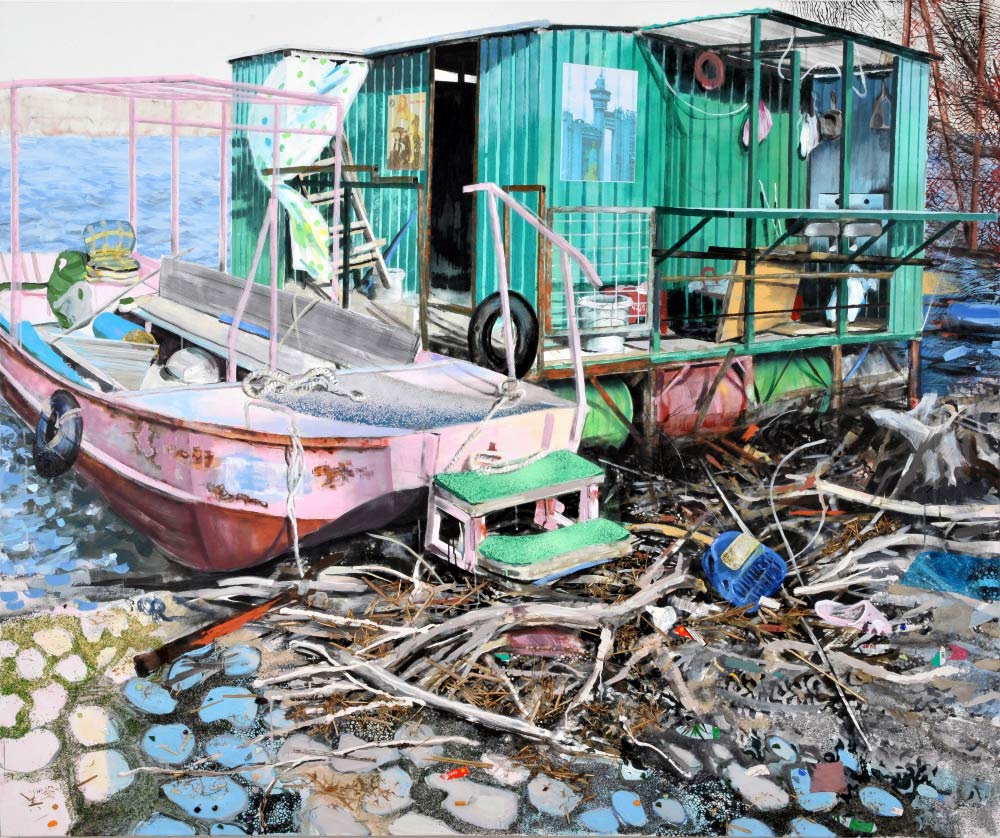
Touring exhibition
In parallel – by conceiving the project as a traveling exhibition – the historical development of the area and its people as well as the present situation of the region are taken into account. Above all, the idea of presenting the artworks created along the river is an integral part of the concept. The exhibition sites should help to remember common European history. In the process, the artworks become media that show the Danube River as “nature’s gift that unites people” and provide both insights and views.
A richly illustrated multilingual catalog with 154 pages and 64 color illustrations has been published to accompany the exhibition. The exhibition catalog deals with the artworks, the artists of the exhibition and documents the project.
Project partner
Ministry of Science, Research and the Arts of the State of Baden-Württemberg
Baden-Württemberg Foundation
Danube Office Ulm/Neu-Ulm
Danube Swabian Central Museum Ulm
The Danube Swabian Central Museum is supported by the City of Ulm, the State of Baden-Württemberg and the Federal Government Commissioner for Culture and the Media.
Curators
Prof. Bozhidar Boyadzhiev, Art Academy, Sofia Bulgaria
Dr. Silvia Eiblmayr, Vienna Austria
Prof. Vladimir Frelih, Art Academy, Osijek Croatia
Reinhard Fritz, Munich Germany
Roman Popelár MA, Bratislava Slovakia
Dr. Javor Rašajski, Cultural Office, Vršac Serbia
Dr. Brigitte Reinhardt, Ulm Baden-Wuerttemberg
Prof. Martin Rill, Danube Swabian Central Museum, Ulm Germany
Dr. Péter Somody, Art Academy Pécs Hungary
Prof. Ion Stendl, Art Academy, Bucharest Romania
Dr. Swantje Volkmann, Danube Swabian Central Museum, Ulm Germany
Project leader: Dr. Swantje Volkmann
Exhibition concept: Martin Rill and Swantje Volkmann
Catalog design: Prof. Uli Cluss, visual communication
Total production: Süddeutsche Verlagsgesellschaft, Ulm
Translation: Tabea Stegmiller, Stefanie Dolvig, Martin Rill, Ádám Zoltán
Editing: Martin Rill, Tabea Stegmiller, Dr. Swantje Volkmann
Artist
Franziska Degendorfer, Baden-Württemberg Germany
Daniel Sigloch, Baden-Württemberg Germany
Silke Mathé, Bavaria Germany
Bodo Rott, Bavaria Germany
Nilbar Güres, Austria
Maja Vukoje, Austria
Jozef Srna, Slovakia
Pavol Stručka, Slovakia
Zita Bajor, Hungary
Ferenc Gnándt, Hungary
Zoran Pavelić, Croatia
Ana Petrović, Croatia
Biljana Stamenić, Serbia
Jelena Trajković, Serbia
Delia Chausheva, Bulgaria
Svilena Koleva, Bulgaria
Bogdan Mateiaş, Romania
Cosmin Paulescu, Romania
Exhibition stations
Germany Villingen-Schwenningen: October – November 2011
Romania Tulcea: January – February 2012
Bulgaria Sofia: March – April 2012
Serbia Novi Sad: April – May 2012
Croatia Osijek: June – July 2012
Hungary Pécs: September – October 2012
Slovakia Bratislava: November – December 2012
Austria St. Pölten: January 2013
Belgium Brussels: March – April 2013
Germany Ingolstadt: April – May 2013
Germany Ulm: June – August 2013


